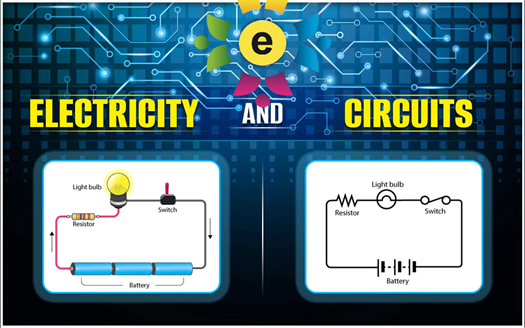
Class 6 Science Chapter 9 – Electricity and Circuits
NCERT Solutions for Class 6 Science Chapter 12 – Electricity and Circuits
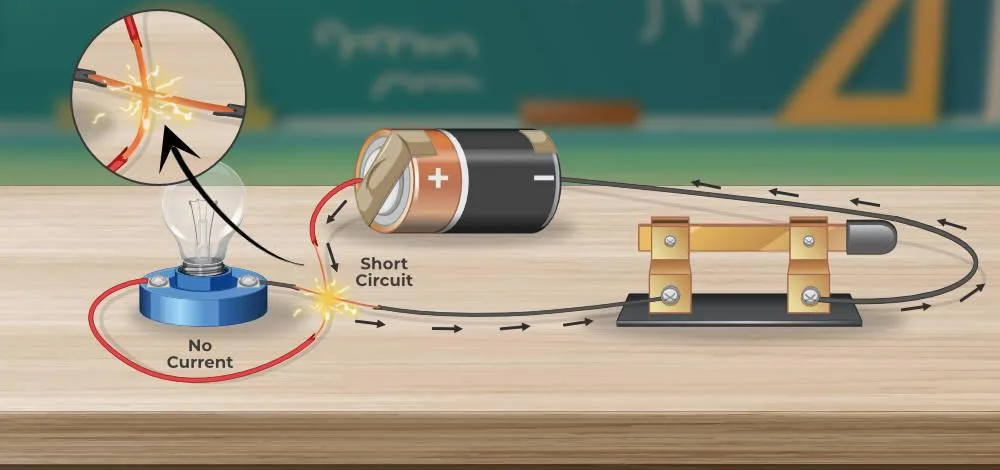
The Electric Cell
Current
- Current is the flow of particles in a particular direction. For example, air currents that cause winds or water currents.
- When particles flow in an electric circuit to produce electricity, it is called an electric current.
Electric Current
The flow of electric charges in a circuit is called an electric current. The direction is taken from the positive terminal to the negative terminal of the battery in an external circuit.
Electric Cell
- A cell is a source of electric power created inside by internal chemical reactions.
- When the chemicals inside the cell are exhausted, the cell needs to be replaced by a new one.
- Cells have two terminals: a positive and a negative terminal. In order for current to flow, the positive terminal must be connected to the negative terminal, and this polarity must be maintained.
Bulb Connected to an Electric Cell
Wire
- An electric wire is a conducting path in an electric circuit through which current flows.
- It is usually made out of a metal that is a good conductor of electricity.
Electric Bulb, and its Working
- It consists of a thin wire that glows due to the passage of current. This is known as the filament.
- An electric circuit provides a closed path for the current to flow. The terminals of the bulb are connected by wires to the electric cell.
- Sometimes the bulb does not glow as the filament gets fused (breaks) due to overheating.
An Electric Circuit
Electric circuit
- A closed-loop path, which the current takes, is known as an electric circuit.
- When the path of the circuit is closed, current flows through it.
- When there is a break in the path (the switch is open), then the circuit is open and not conducting, so the current does not flow.
An Electric Switch
Electric switches
- Devices that are used to connect the circuit or break it.
- When the switch is connected, we call it ON, and when it’s not in contact (or open) with the circuit, the switch is OFF.
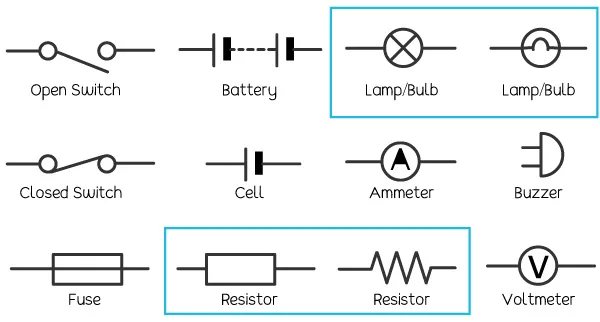
Conductors and insulators
- Any material that allows the electric current to pass through it is called the conductor. For example, metals like copper
- Materials that do not allow the free flow of current through them are known as bad conductors or insulators. For example, rubber and plastic
Frequently Asked Questions on CBSE Class 6 Science Notes of Electricity and Circuits
Q1
What is the flow of current?
Current flow basically means the flow of electric charges with respect to time.
Q2
What is an electric cell?
An electric cell is a device which converts chemical energy into electrical energy.
Q3
Who invented electricity?
Benjamin Franklin had one of the greatest scientific minds of his time. He was interested in many areas of science, and made many discoveries. In the mid-1700s, he became interested in electricity.
Question 1 :
The handles of the tools like screwdrivers and pliers used by electricians for repair work usually have plastic or rubber covers on them. Can you explain why?
Answer :
Tools like screwdrivers and pliers are used by electricians for repair work because plastic is an insulator, and plastic handles protect the electrician from electric shocks.
Question 2 :
Fill in the blanks :
(a) A device that is used to break an electric circuit is called _______________.
(b) An electric cell has _______________ terminals.
Answer :
(a) A device that is used to break an electric circuit is called a switch.
(b) An electric cell has two terminals.
Question 3 :
- Explain why the bulb would not glow in the arrangement shown in Fig. 12.13.
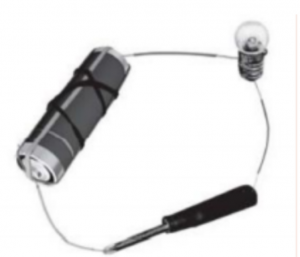
Answer :
The bulb would not glow in the arrangement because the circuit is not complete due to the presence of an insulator in the centre.
Question 4 :
Complete the drawing shown in Fig 12.14 to indicate where the free ends of the two wires should be joined to make the bulb glow.
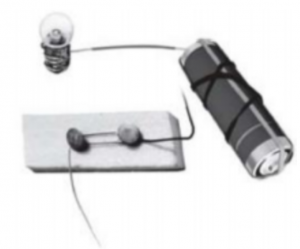
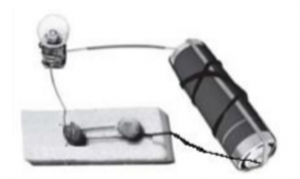
Answer :
Question 5 :
What is the purpose of using an electric switch? Name some electrical gadgets that have switches built into them.
Answer :
The purpose of an electric switch is to complete or break the circuit. Electrical gadgets that have switches built into them are fans, refrigerators, television, microwave ovens, and electric cookers.
Question 6 :
Would the bulb glow after completing the circuit shown in Fig. 12.14 if instead of a safety pin we use an eraser?
Answer :
No, the bulb will not glow as the eraser is an insulator.
Question 7 :
Would the bulb glow in the circuit shown in Fig. 12.15?

Answer :
No, the bulb will not glow.
Question 8 :
Using the “conduction tester” on an object it was found that the bulb begins to glow. Is that object a conductor or an insulator? Explain.
Answer :
The object is a conductor because the bulb glows only when the conductor is used but not when the insulator is used.
Question 9 :
Why should an electrician use rubber gloves while repairing an electric switch at your home? Explain.
Answer :
An electrician uses rubber gloves while repairing an electric switch at your home because rubber gloves are insulators. This protects him from avoiding electric shocks.
Question 10 :
Mark ‘True’ or ‘False’ for following statements:
(a) Electric current can flow through metals.
(b) Instead of metal wires, a jute string can be used to make a circuit.
(c) Electric current can pass through a sheet of thermo Col.
Answer :
(a) True
(b) False
(c) False
Also Visit: Readspot

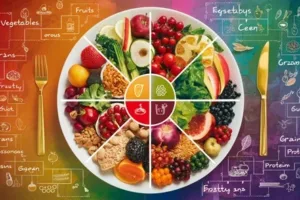
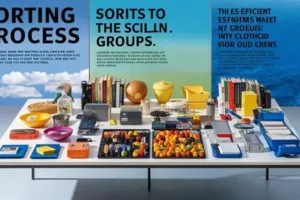
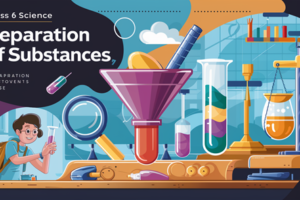
1 Comment